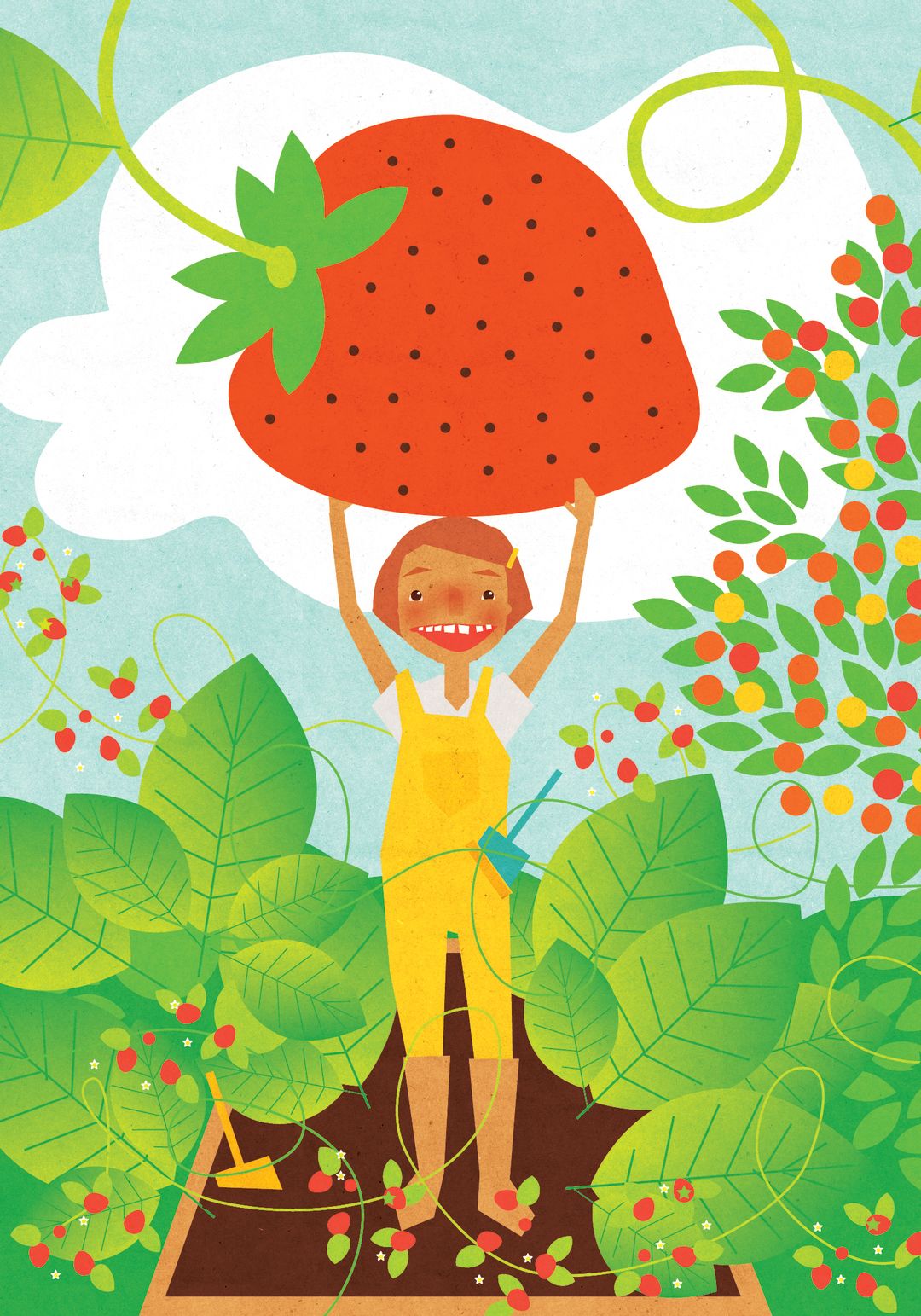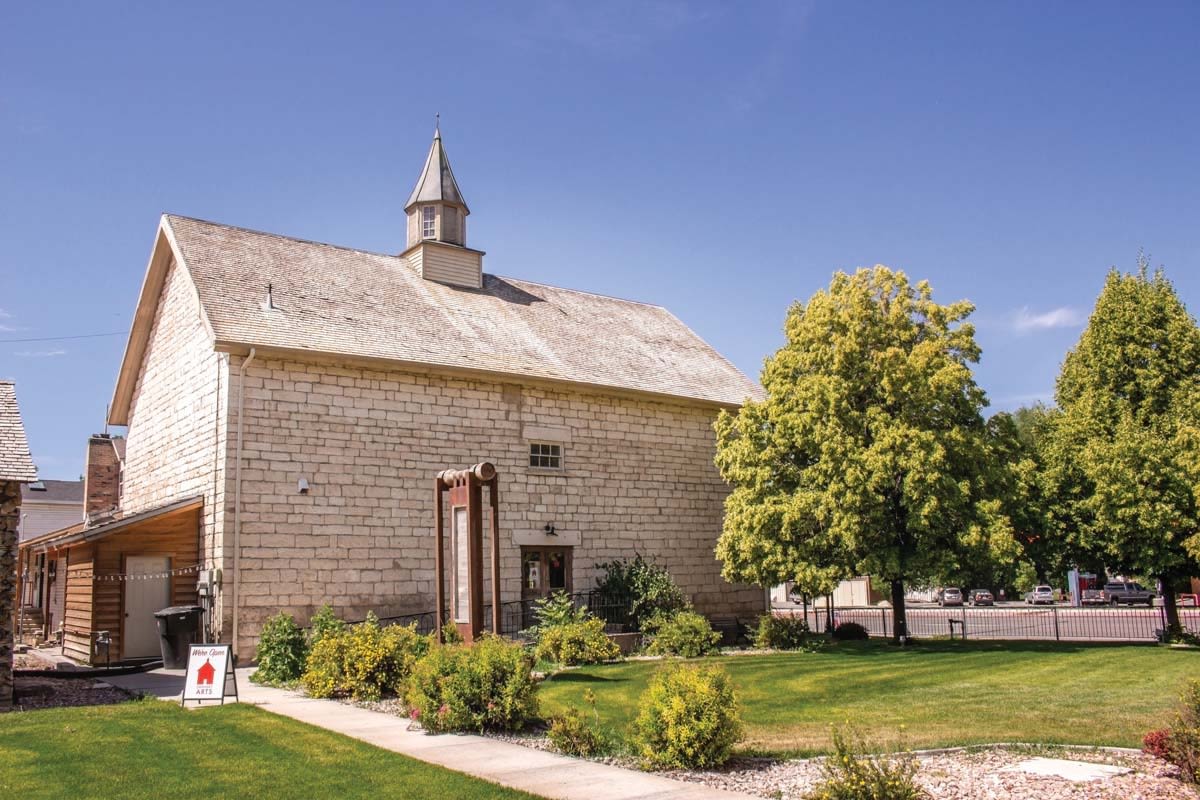Tips for Gardening at Altitude

Image: Amy Martin
A mere glance at my pathetic excuse for a garden says it all: I am no expert. Once, I envisioned a steps-from-the-kitchen plot of plump tomatoes, giant squashes, and fragrant herbs. Cue the cute kids picking berries and J.Crew catalogue mom nipping out ratatouille fixings. Now, I strive for a few skinny carrots and sprigs of mint. I mean, no one can kill mint…really.
Why I continue to wield my gardening fork, despite a veggie patch even Peter Rabbit would snub, is simple: the rare success is magic. And no child—no matter how picky—will turn up his nose at a vegetable he planted, watered, and harvested. In the five years since my husband hacked away at the aspen suckers in our Park Meadows yard to construct a four- by eight-foot, south-facing, slightly raised bed, our clan has returned annually to the little garden-that-could with tiny colored shovels, packets of seeds, and revised (or perhaps delusional) expectations.
Here’s what we’ve learned:
- Mint and strawberries will grow and, quite possibly, take over a small garden.
- Corn will not bear fruit before it is zapped by fall frost. Pick squashes and tomatoes (should you be so lucky) early.
- If a kid drops a gazillion seeds into the row meant for just a few, it doesn’t matter. Smile, thin out the plants later, and relish that child’s joy at harvest time.
- Asparagus falls under “advanced gardening.” The Gendrons are struggling with Gardening 101: lettuces and their leafy relatives, starter plants (grown in gallon pots at the nursery greenhouse), carrots, radishes, hardy herbs, strawberries, peas, and Scarlet Runner beans.
- Unless you have great discipline covering gardens at night, plant after Father’s Day and don’t expect to make it to Labor Day (pay attention to August frost warnings).
- Kids think any harvest is like striking gold, even the lone strawberry the magpies and squirrels didn’t pilfer.
- Just because it grows in a friend’s garden across town does not mean it will survive chez vous. We live in a high-altitude battleground of microclimates. Accept suggestions and seeds from your neighbor.
- Great soil is your best ally. Pay attention to it. Love it. Till it. Weed it regularly. Add some organic fertilizer (some swear by turkey poop) and compost (an ideal eco-DIY pairing).
- Water in the cool dawn and dusk hours. Don’t vacation for a week and expect plant survival.
- Keep tiny pests at bay with a border of marigolds; welcome bees, earthworms, and their brethren; and don’t throw the dog’s ball into the rosemary and lavender.
When in doubt, ask the experts:
Park City Nursery (4497 UT-24, 435.649.1363, parkcitynursery.com). Pick up tips from the staff and owners Sophy & Grady Kohler.
Recycle Utah (1951 Woodbine Way, 435.649.9698, recycleutah.org). Take a composting workshop.
Summit Community Gardens (summitcommunitygardens.org), a community garden offers events, classes, and a space to grow food locally.




































